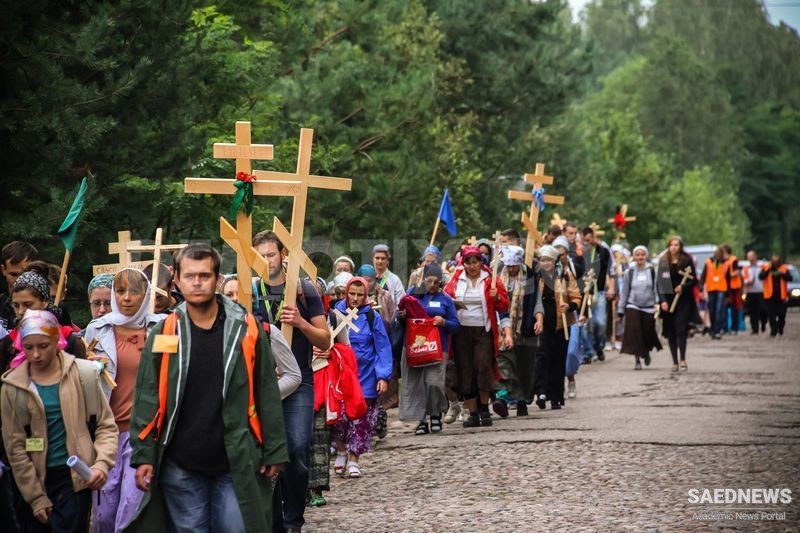Religious tourism in the form of pilgrimage is not new, as it existed before the Holy Bible and the Quran. Religiously motivated tourism is perhaps as old as religion itself and thus the oldest kind of tourism. In the ancient world, religious tourism experienced its first rise among the peoples of the early high cultures, when religious and political powers were closely tied. For instance, the religious centres in ancient Egypt, such as Abydos, Heliopolis, Thebes, Luxor and Karnak, attracted hundreds and thousands of pilgrims that admitted the rulers as well. The Hittites planned annual festivals and pilgrimages together with their king, occasions for which even war campaigns were interrupted. The Assyrians worshipped their God in Aleppo and Hierapolis, where pilgrims from as far away as Arabia gathered together. The Babylonians, as well as others, worshipped the God Marduk in Babylon. There were also other holy places, for instance Nippour, where pilgrims prayed for peace, or Namma, where they implored God for a long life. Religious tourism required the participation of members, for instance Hebrews, Israelis andJews in the festivities in Jerusalem, where annually over 1 million believers gathered. According to the period of development, three major types of pilgrimage sites can be differentiated today: (i) holy, mostly historical religious cultural heritage sites from Biblical times in Jerusalem and its surroundings; (ii) holy burial sites of Talmudic and Gabbalic prophets from the 1st and 5th centuries in Galilee; and (iii) burial sites of holy men and prophets, which were especially popular in North Africa. Additionally, in pre-Islamic times, Makkah itself (which represented an important stop on the caravan route between southern Arabia and the Levant) as well as its bordering cities of Arafat, Mina and Muzdalifa were, independently from one another, sought out by Arabic tribes as holy places of worship. These rites developed into maturity within 200 years after Muhammad’s (PBUH) death. Islam tied these different rites together so that the site of Makkah and its surroundings, with about 2 million pilgrims a year, developed into a single place of worship that the Muslims must visit. There is a yet greater choice of holy places in the national and superregional catchment areas of Islam. Makkah and Medina in Saudi Arabia belong to those cities that distinguish themselves by their religious cultural heritage places which include prophet houses, mountains, battlefields, mosques, burial sites, forts, wells and Quranic schools (Source: Spiritual Tourism: Motivations and Prospects).


 Pilgrimage Tourism and Facilitation of Culturally and Contextually Grounded Globalization
Pilgrimage Tourism and Facilitation of Culturally and Contextually Grounded Globalization














































